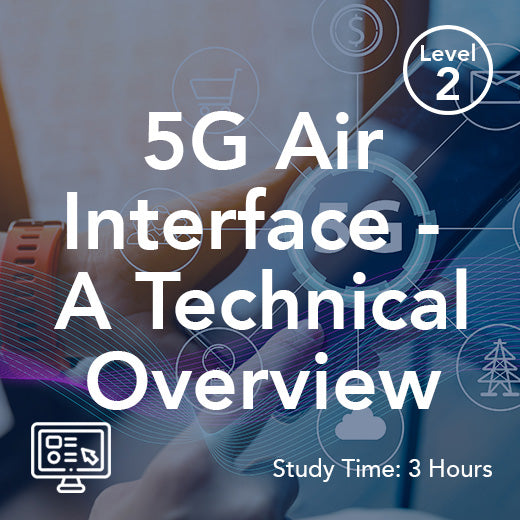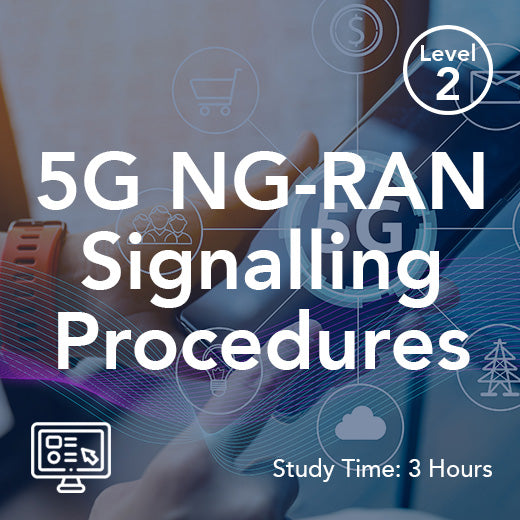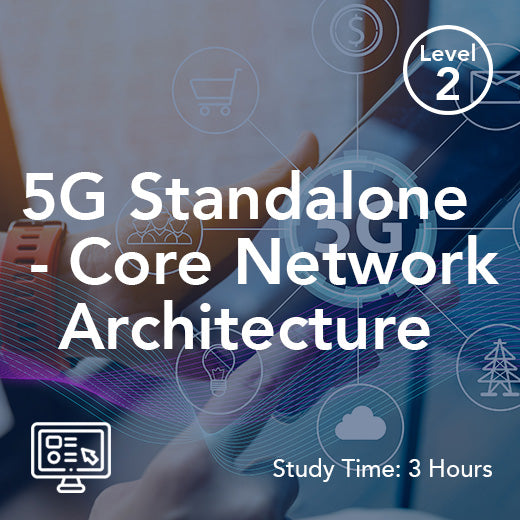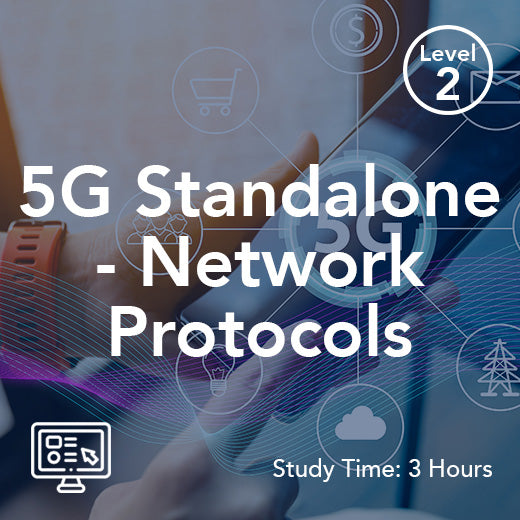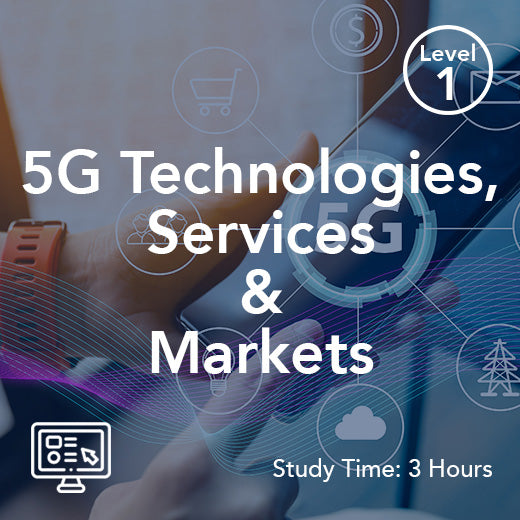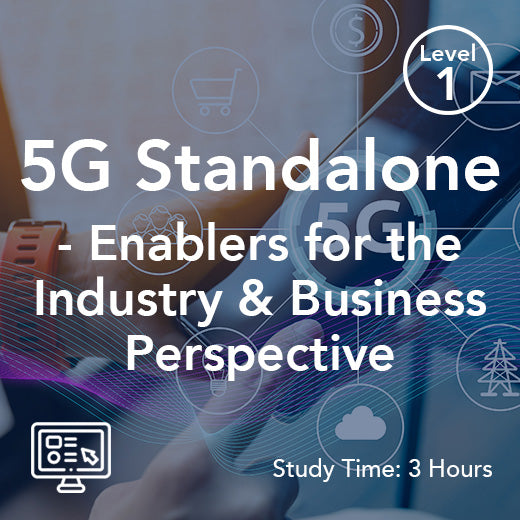What Is The Function Of Upf In 5G?
- , by Stephanie Burrell
- 4 min reading time
In the world of 5G technology, the User Plane Function (UPF) plays a crucial role in ensuring the smooth and efficient operation of the network. The 5G User Plane Function is a critical, cloud-native component of the 5G core network architecture, supporting data forwarding, network slicing, and integration with control functions like the Session Management Function (SMF). But what exactly is the function of UPF in 5G, and why is it so important? In this article, we will delve deep into the intricacies of UPF and explore its role in the 5G ecosystem.
What is UPF in 5G?
UPF is a key component of the 5G core network architecture, responsible for handling the user data packets as they traverse the network. In simple terms, UPF acts as a gateway that connects the user equipment (UE) to the rest of the network, allowing for seamless communication between devices and services. As a cloud native network function, UPF is implemented using microservices and containerization, making the cloud native UPF highly scalable and flexible for modern 5G deployments.
UPF performs a variety of functions, including packet routing, forwarding, and traffic management. It also acts as a data forwarding component, enabling decentralized traffic processing closer to the network edge. The UPF serves as an anchor point for mobility, routing, and data management, facilitating seamless handovers and data transfer across the network. It also plays a crucial role in ensuring low latency and high data throughput, which are essential for delivering the ultra-fast speeds and low latency promised by 5G technology. The UPF is often co-located with central data centers to enable low-latency processing and efficient integration of edge resources, supporting multi access edge computing for advanced, low-latency applications.
Why is UPF important in 5G?
The function of UPF in 5G is critical for several reasons. First and foremost, UPF acts as the primary data processing and forwarding point in the network, ensuring that user data packets are delivered quickly and efficiently. This is essential for supporting high-bandwidth applications such as streaming video, online gaming, and virtual reality. The UPF also serves as an interconnect point between the mobile infrastructure and the data network, handling data encapsulation and transfer using protocols like the GPRS Tunnelling Protocol (GTP).
UPF also plays a key role in enabling network slicing, a key feature of 5G technology that allows operators to create virtual networks tailored to specific use cases or applications. By separating different types of traffic into distinct slices, operators can prioritize critical services, such as emergency communications or autonomous vehicles, while ensuring that other services receive adequate bandwidth and resources. The new service based architecture and service based architecture of 5G enable flexible deployment of control and user planes, with UPF as a prime enabler for innovative 5G applications and edge services. The UPF supports granular capacity through dynamic instantiation and flexible traffic management, and a single instance of UPF can support high throughput and multiple functions.
Furthermore, UPF is essential for enabling edge computing in 5G networks. By processing data closer to the edge of the network, UPF can reduce latency and improve the overall performance of applications that require real-time data processing, such as augmented reality and industrial automation. UPFs can be co-located with edge and central data centers, and the integration with multi access edge computing allows for low-latency, high-reliability applications. This approach also helps in reducing network congestion and latency, increasing bandwidth efficiencies, and optimizing resource utilization. The UPF supports early IoT applications by providing higher data rates and lower latency, and addresses shared resources demands through efficient resource sharing in cloud-native environments.
The UPF is also a key part of the network core, acting as a central hub for data transfer and control, and is closely integrated with the session management function (SMF). The session management function SMF manages sessions and interacts with the UPF via the N4 interface, supporting session continuity and quality of service. The UPF session anchor is a critical point for managing data sessions, and the intermediate I-UPF serves as a node between the main UPF and other network elements, enhancing network flexibility and scalability. CUPS decouples packet gateway functions, enabling decentralized user plane processing and improving network efficiency. In legacy and 5G networks, the packet gateway is decoupled from control functions, allowing for more flexible and efficient network architectures.
The UPF also plays a role in usage reporting, tracking and managing network resource utilization for billing, optimization, and network management. The radio access network connects mobile devices to core network functions, and the UPF supports seamless mobility across different radio access technologies, ensuring interoperability and reliable connectivity.
Overall, the function of UPF in 5G is crucial for delivering the high-speed, low-latency connectivity that is essential for unlocking the full potential of next-generation technologies and applications.


